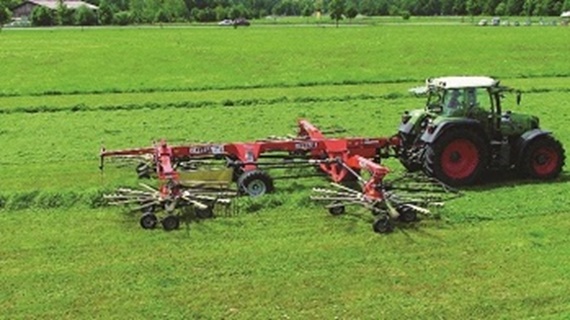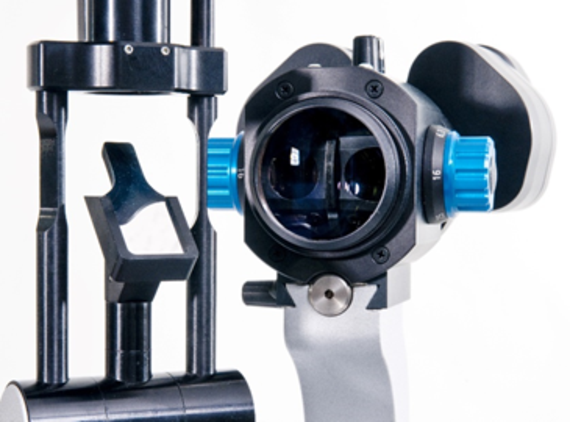Maintenance-free grippers from the 3D printer
Grippers printed in 3D - an application example
- What was needed: grippers to screw on lids by machine
- Branch of industry for this example: packaging industry for cosmetics products
- Requirements: hygienic, no lubrication used, cost-effective, available quickly, lightweight
- Manufacturing process: igus 3D printing service.
- Material: iglidur I150
- Success for the customer: 85% cost savings for the grippers, as well as a 70% faster delivery of the grippers
More flexibility through 3D printing
When an eagle grasps prey, it adapts its grip to the respective size in a lightning fast move. The packaging industry can often only dream of this flexibility. Existing metal grippers, which for example put lids on cream jars and screw them on, are usually limited to a single format. It often takes weeks for a product change, until a new, suitable gripper is made. It is 85 per cent more cost-effective and 70 per cent faster with robust and lightweight polymer grippers made of iglidur filaments.Parts made of iglidur polymers and printed in 3D are up to 50 times more wear-resistant than standard materials printed in 3D. Grippers printed in 3D are the alternative to your old metal grippers.
The solution: 3D-printed grippers from iglidur filaments
Problem
Carecos Kosmetik GmbH faced the following problem: if a product had to be changed, the company had to have new grippers made for the packaging machines which would grip the lids and screw them onto jars. The company had previously opted for elaborate machining of grippers made from aluminium. That cost up to 10,000 euros per part, and took about six weeks to manufacture. That is too long to wait in an industrial sector, where at the beginning of the era of the Internet of Things it is increasingly important to be able to economically produce even small batches.Solution
Due to the high costs and the long production time of the metal grippers, Carecos Kosmetik GmbH initially tried to 3D print the grippers with standard plastics such as ABS and PLA. However, the printing processes did not provide satisfactory results. So they turned to igus and with the tribologically-optimised I150 filament, they found an extremely stable and simultaneously impact-resistant material for 3D printing, with which a gripper can be printed within 10 to 12 hours.50 times more wear-resistant than standard materials
Almost every element of a gripper is flexible and glides in its movement on surfaces and shafts and pins, so that the individual parts are exposed to constant wear. Metal parts must often be fitted with separate bearings or lubricated in the application. The use of iglidur i150 in 3D printing enabled the company to save up to 85 percent of the cost and 70 percent of the manufacturing time compared to the previously selected aluminium formats. Plastic grippers are seven times lighter than metal grippers. In addition to iglidur i150, igus offers five other filaments for the printing of wearing parts in a wide variety of application scenarios. These are up to 50 times more wear-resistant compared to standard materials such as polylactide (PLA) and can be processed on all standard 3D printers.Further application reports
3D printed bearing ready for collection within hours
What do you do when an important replacement part for an exhibit suddenly goes missing on the way to the trade fair? The response of the Berlin-based company Blackcam, a manufacturer of camera motion systems, is to turn to the igus 3D printing service.
Now read an application report
Tough custom bearings for hay swathers
FELLA has been designing implements for tractors for more than 90 years. These include mowers, hay rakes and swathers. The tractors have to withstand a lot of hard treatment in day-to-day work. igus has produced especially robust special parts for FELLA.
Now read an application report
Special bearings from bar stock for highest precision
iglidur bar stock is used to manufacture a microscope arm for eye examinations. The reason: it can be machined to produce customised plain bearings down to sizes measured in μm to ensure the necessary precision for examinations.
Now read an application report



